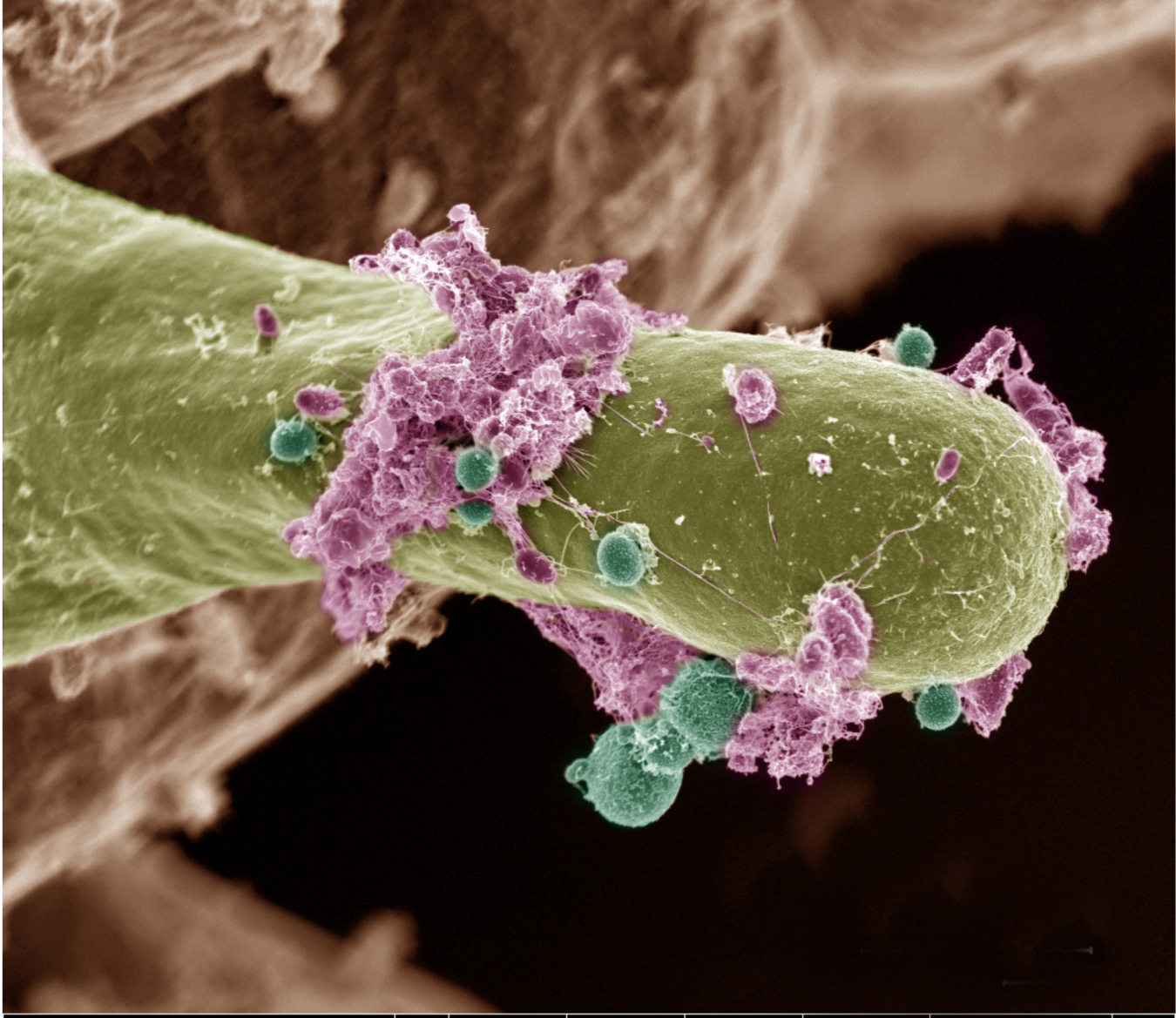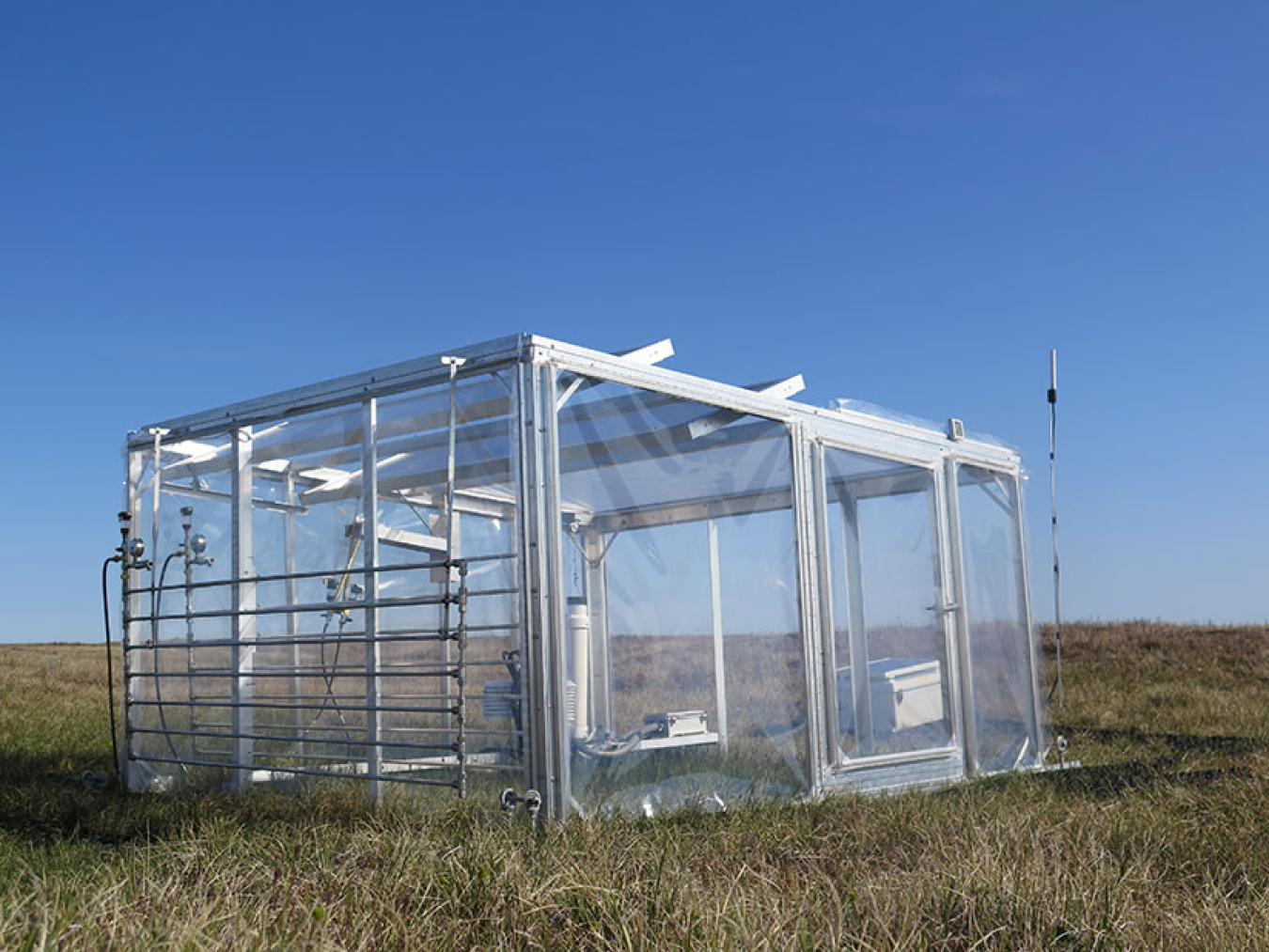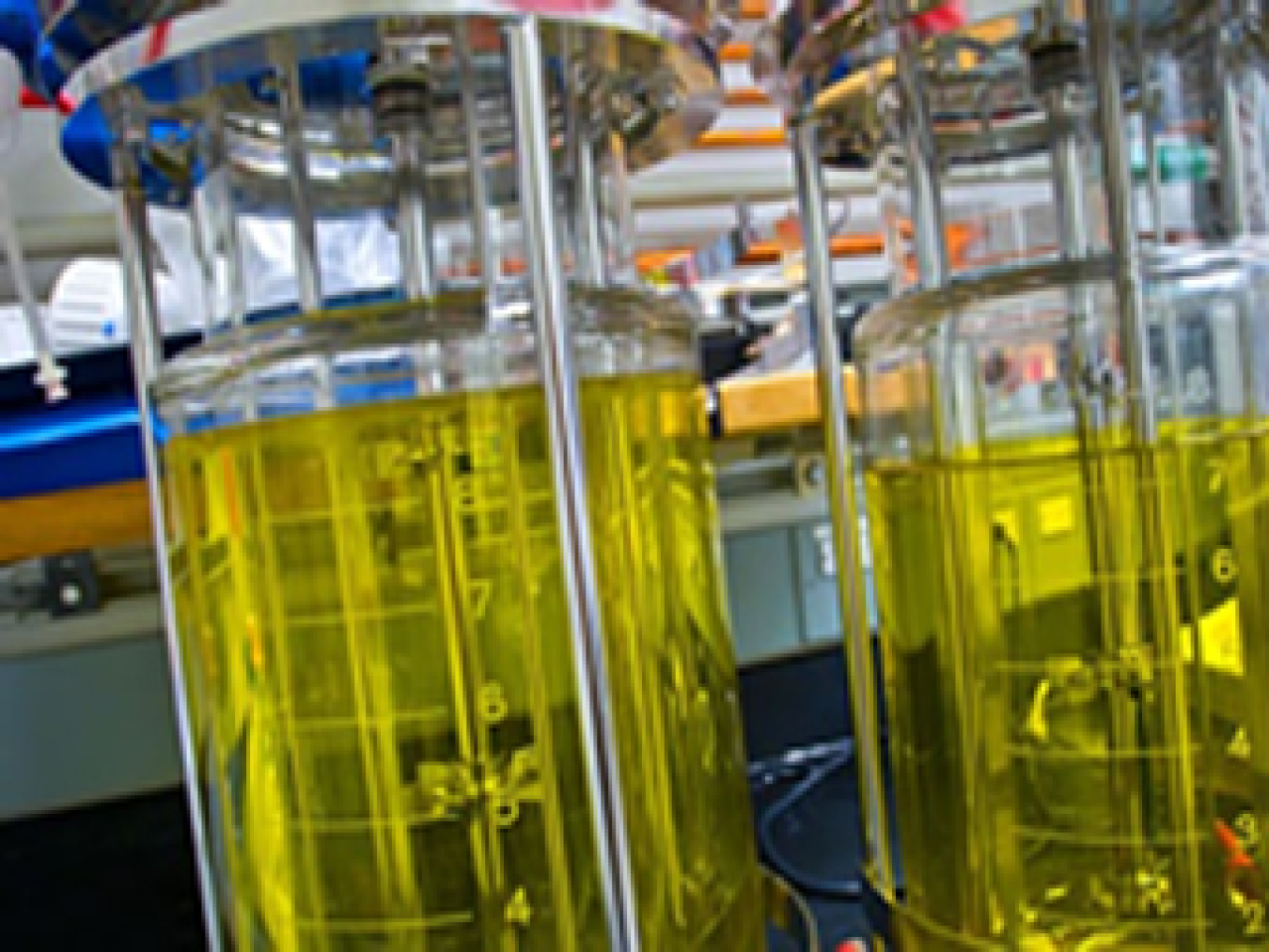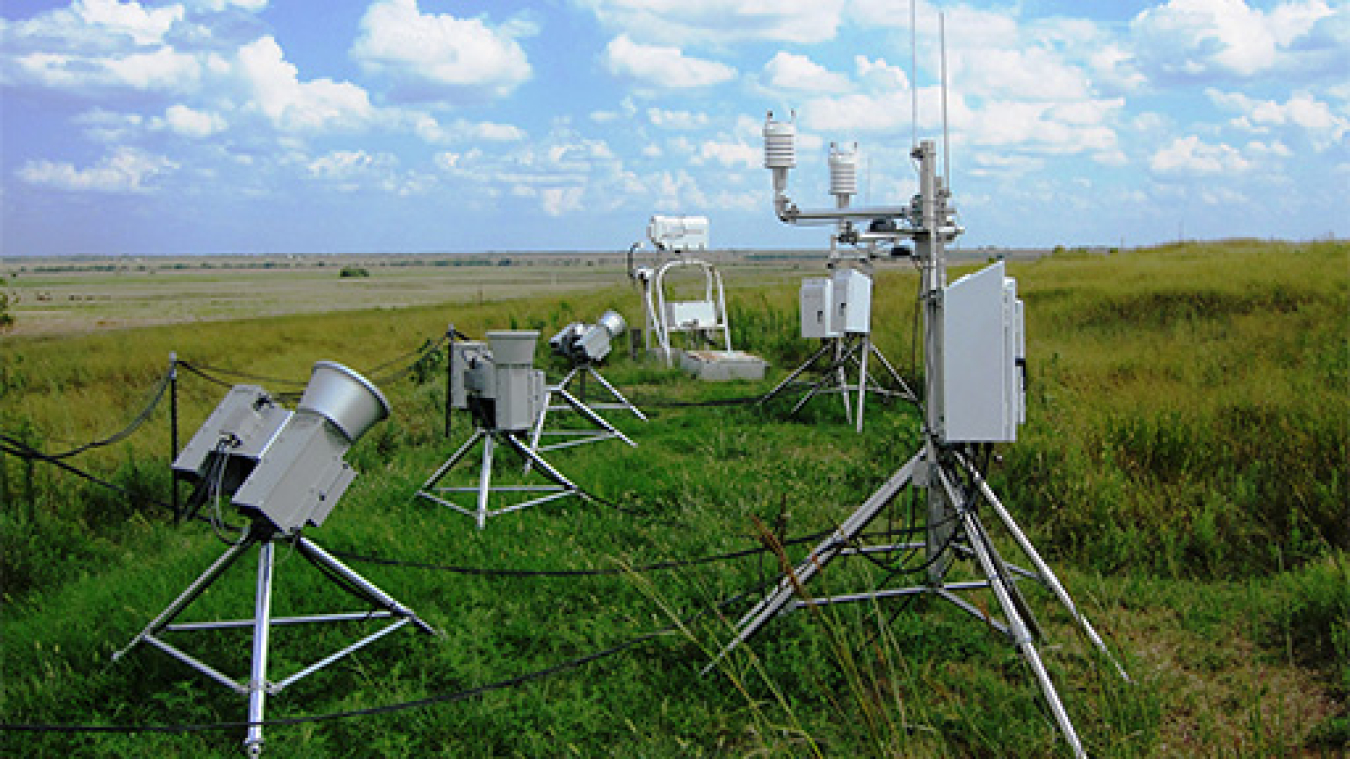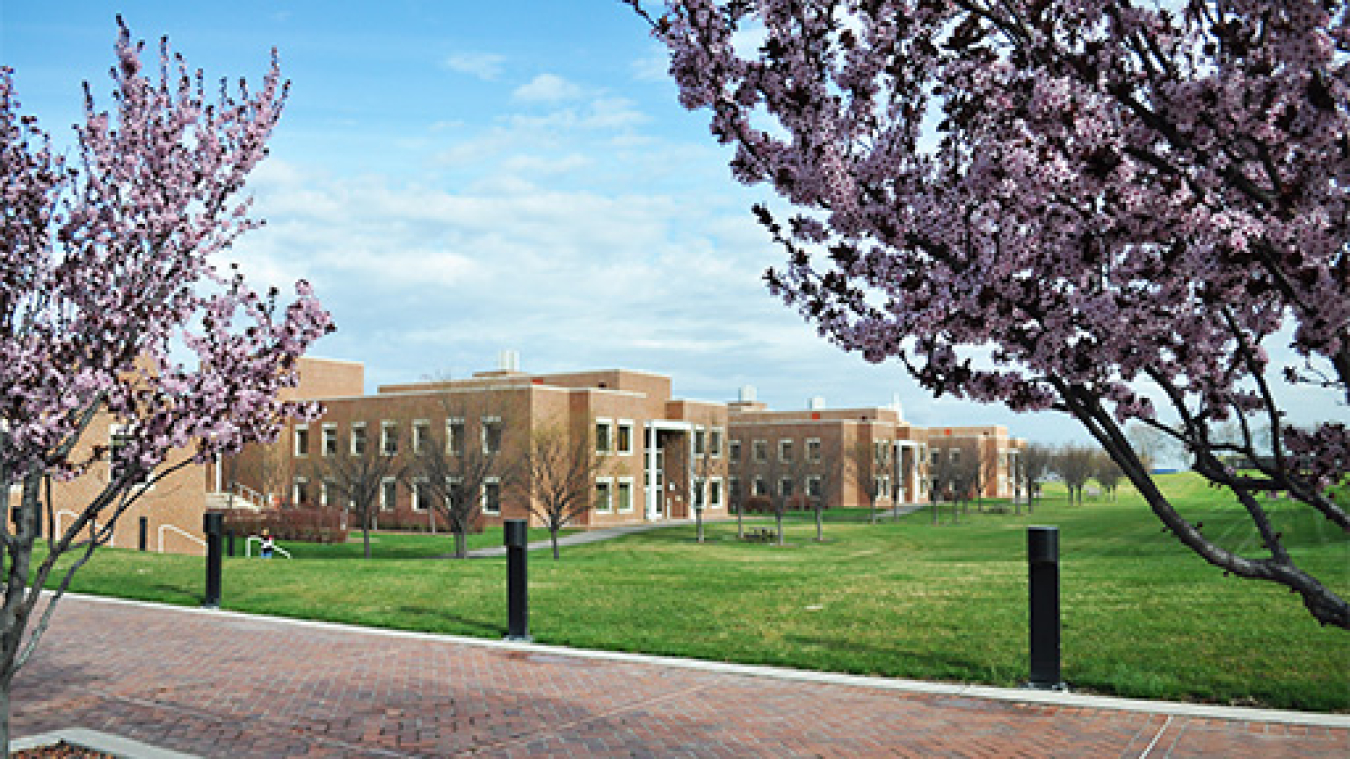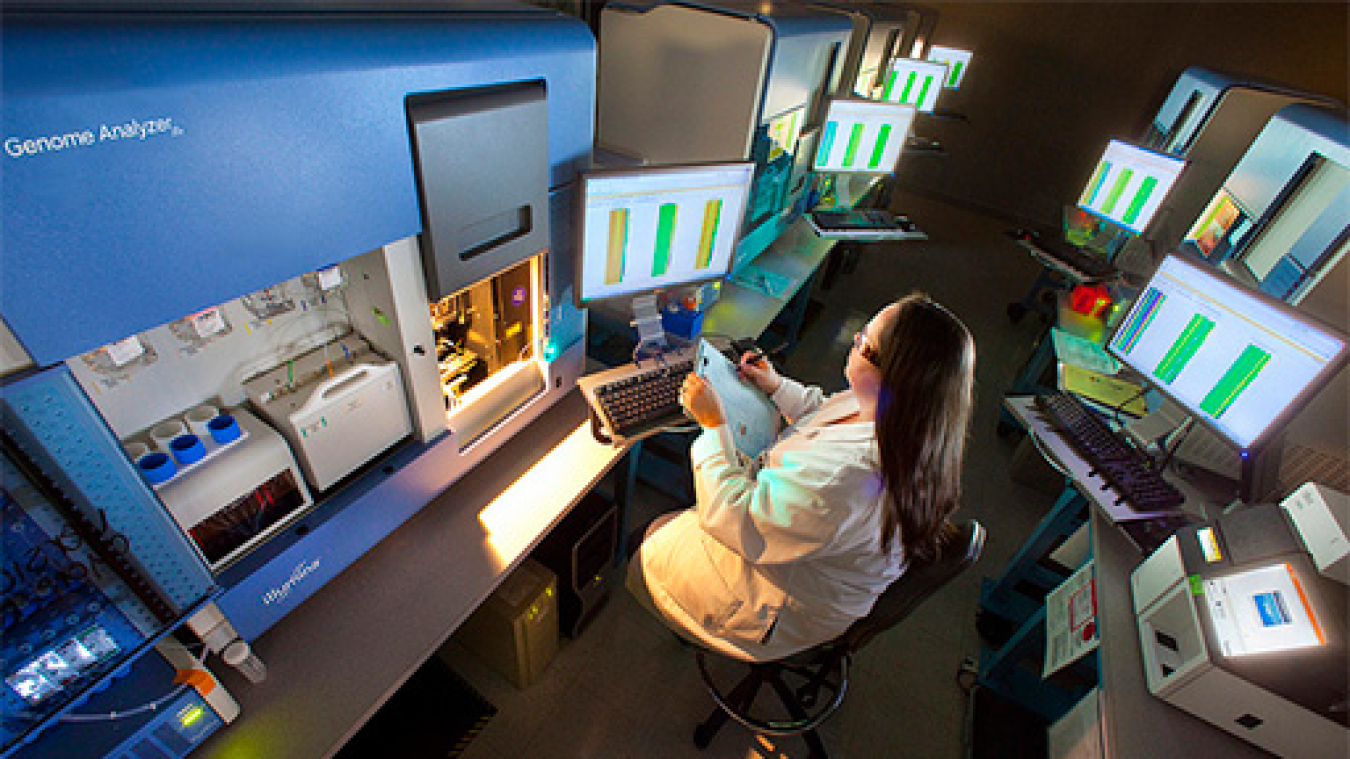The Biological and Environmental Research (BER) program supports scientific research and facilities to achieve a predictive understanding of complex biological, earth, and environmental systems with the aim of advancing the nation’s energy and infrastructure security. The program seeks to discover the underlying biology of plants and microbes as they respond to and modify their environments. This knowledge enables the reengineering of microbes and plants for energy and other applications. BER research also advances understanding of the dynamic processes needed to model the Earth system, including atmospheric, land masses, ocean, sea ice, and subsurface processes.
Over the last three decades, BER has transformed biological and Earth system science. We helped map the human genome and lay the foundation for modern biotechnology. We pioneered the initial research on atmospheric and ocean circulation that eventually led to climate and Earth system models. In the last decade, BER research has made considerable advances in biology underpinning the production of biofuels and bioproducts from renewable biomass, spearheaded progress in genome sequencing and genomic science, and strengthened the predictive capabilities of ecosystem and global scale models using the world’s fastest computers.
BER supports three DOE Office of Science user facilities, the Atmospheric Radiation Measurement (ARM) user facility, Environmental Molecular Sciences Laboratory (EMSL), and Joint Genome Institute (JGI). These facilities house unique world-class scientific instruments and capabilities that are available to the entire research community on a competitive, peer review basis. Additionally, four DOE Bioenergy Research Centers were established to pursue innovative early-stage research on bio-based products, clean energy, and next-generation bioenergy technologies.
BER Science Highlights
-
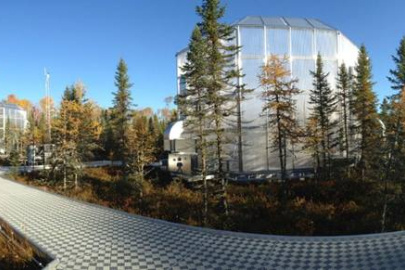 Whole-ecosystem warming at SPRUCE exponentially increased available nutrients for plants, but observed responses were not captured by the ELM-SPRUCE model.April 3, 2023
Whole-ecosystem warming at SPRUCE exponentially increased available nutrients for plants, but observed responses were not captured by the ELM-SPRUCE model.April 3, 2023 -
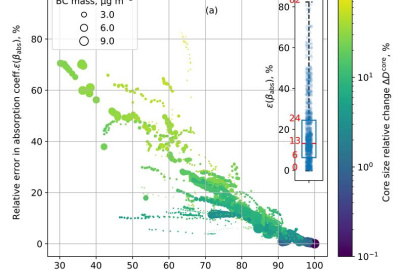 Researchers use particle-resolved model simulations to quantify errors in simulations’ simplified optical properties.March 29, 2023
Researchers use particle-resolved model simulations to quantify errors in simulations’ simplified optical properties.March 29, 2023 -
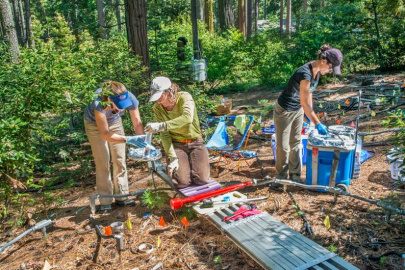 Experiment shows that even large, old, and presumably stable stores of soil carbon are vulnerable to warming and could amplify climate change.March 13, 2023
Experiment shows that even large, old, and presumably stable stores of soil carbon are vulnerable to warming and could amplify climate change.March 13, 2023 -
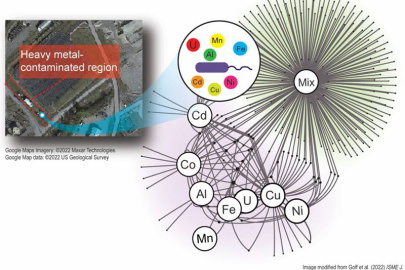 The mixed metal waste common to industrial dumping sites causes metabolic stress in bacterial iron metabolism that cannot be explained by additive single metal exposure.March 6, 2023
The mixed metal waste common to industrial dumping sites causes metabolic stress in bacterial iron metabolism that cannot be explained by additive single metal exposure.March 6, 2023 -
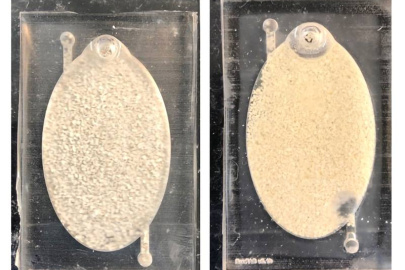 Researchers use CRISPR to engineer a bacteriophage to deliver DNA into targeted members of microbial communities for precise genome editing.February 9, 2023
Researchers use CRISPR to engineer a bacteriophage to deliver DNA into targeted members of microbial communities for precise genome editing.February 9, 2023 -
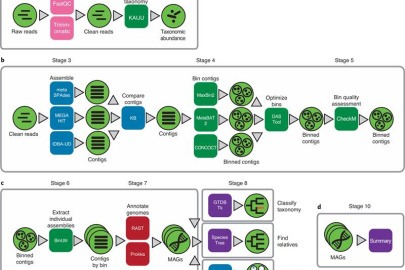 New article describes how to extract and analyze genomes from microbiomes using the Department of Energy Systems Biology KnowledgebaseJanuary 27, 2023
New article describes how to extract and analyze genomes from microbiomes using the Department of Energy Systems Biology KnowledgebaseJanuary 27, 2023 -
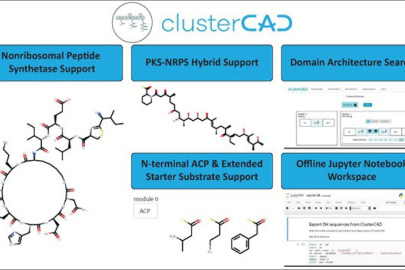 New improvements to an open-source platform streamline enzyme engineering.January 24, 2023
New improvements to an open-source platform streamline enzyme engineering.January 24, 2023 -
 Even microbes that can’t break down a plentiful food source can still be successful by interacting with fellow community members.January 19, 2023
Even microbes that can’t break down a plentiful food source can still be successful by interacting with fellow community members.January 19, 2023 -
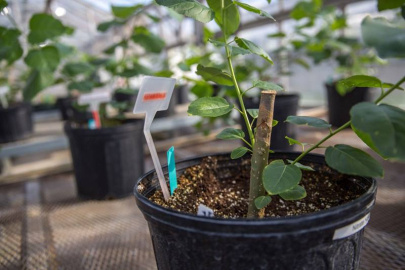 Scientists introduce a bacterial enzyme into bioenergy poplars to increase the amount of a valuable platform chemical.January 10, 2023
Scientists introduce a bacterial enzyme into bioenergy poplars to increase the amount of a valuable platform chemical.January 10, 2023 -
![Composite of geopotential heights [m] (contours) and anomalies (colors) at 700 Hectopascal (hPa) of air pressure for each SOM node. These nodes help unpack how high- and low-pressure systems and other climate factors contribute to Texas rainstorms.](https://www.energy.gov/sites/default/files/styles/listing_large/public/2023-01/010323-ber-high-pressure-systems.jpg?itok=oEXvLu3h) AI reveals relationships between weather systems and cloud physics.January 3, 2023
AI reveals relationships between weather systems and cloud physics.January 3, 2023
BER Program News
BER Subprograms
Biological Systems Science
Research to understand complex interactions that determine the function of biological systems, from single cells to plants.
Earth and Environmental System Sciences
Research on atmosphere, land, and water components and interactions that help inform regional and global earth system modeling.
DOE Bioenergy Research Centers
Supports fundamental research addressing the challenge of converting renewable plant biomass (non-food) to biofuels and bioproducts.
BER DOE Office of Science User Facilities
Atmospheric Radiation Measurement (ARM)
Observation network for understanding cloud and aerosol interactions with the Earth’s surface.
Environmental Molecular Sciences Laboratory (EMSL)
Houses more than 50 premier instruments and modeling resources that can be accessed to understand the physical, chemical, and cellular processes of biological and environmental systems.
Joint Genome Institute
Provides the research community with high throughput DNA sequencing, synthesis and analysis of plants, microorganisms and microbiomes in support of BER biological systems science research.
BER Research Resources
Contact Information
Biological and Environmental Research
U.S. Department of Energy
Germantown Building
1000 Independence Avenue., SW
Washington, DC 20585
P: (301) 903 - 3251
F: (301) 903 - 5051
E: sc.ber@science.doe.gov


